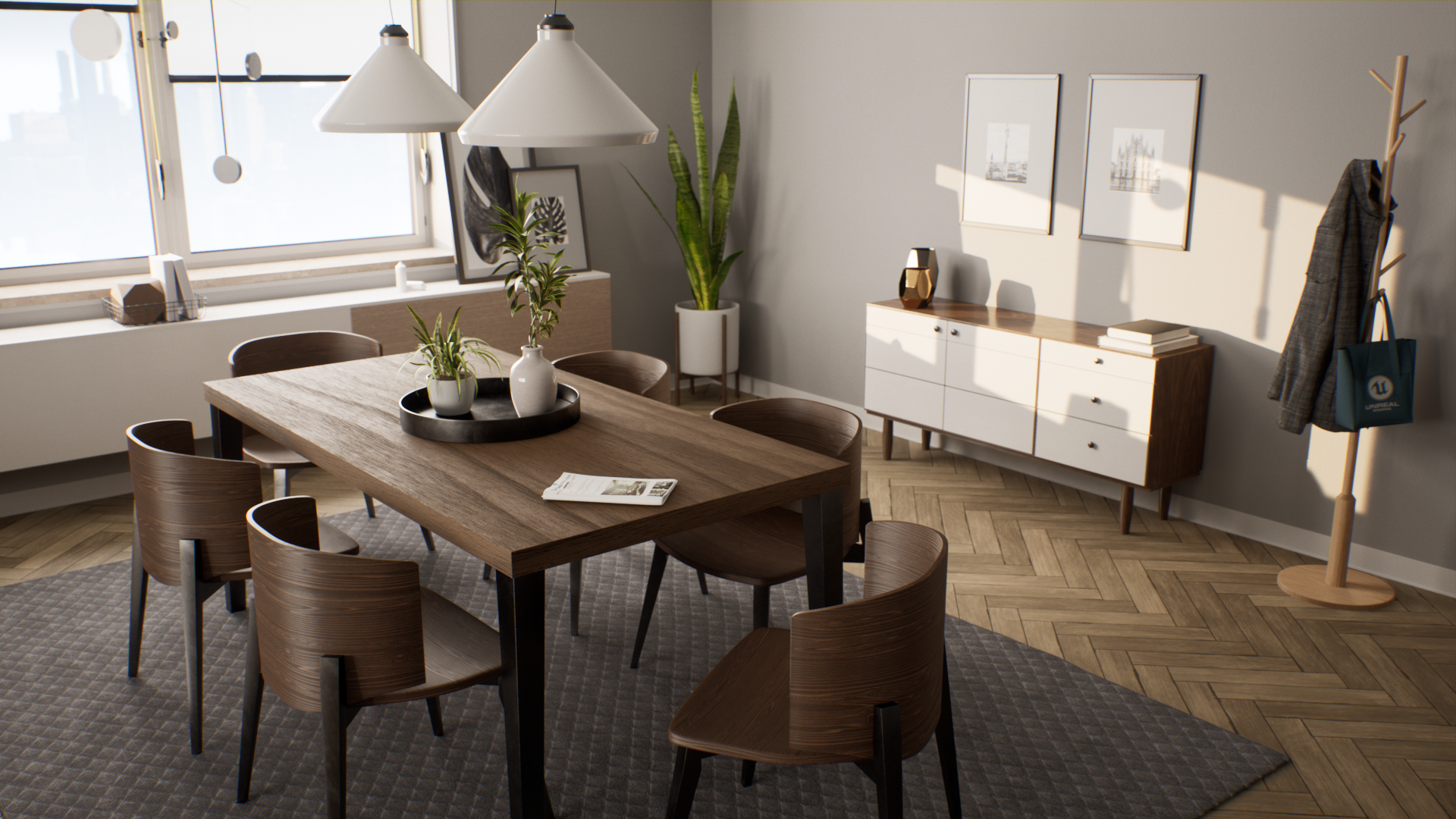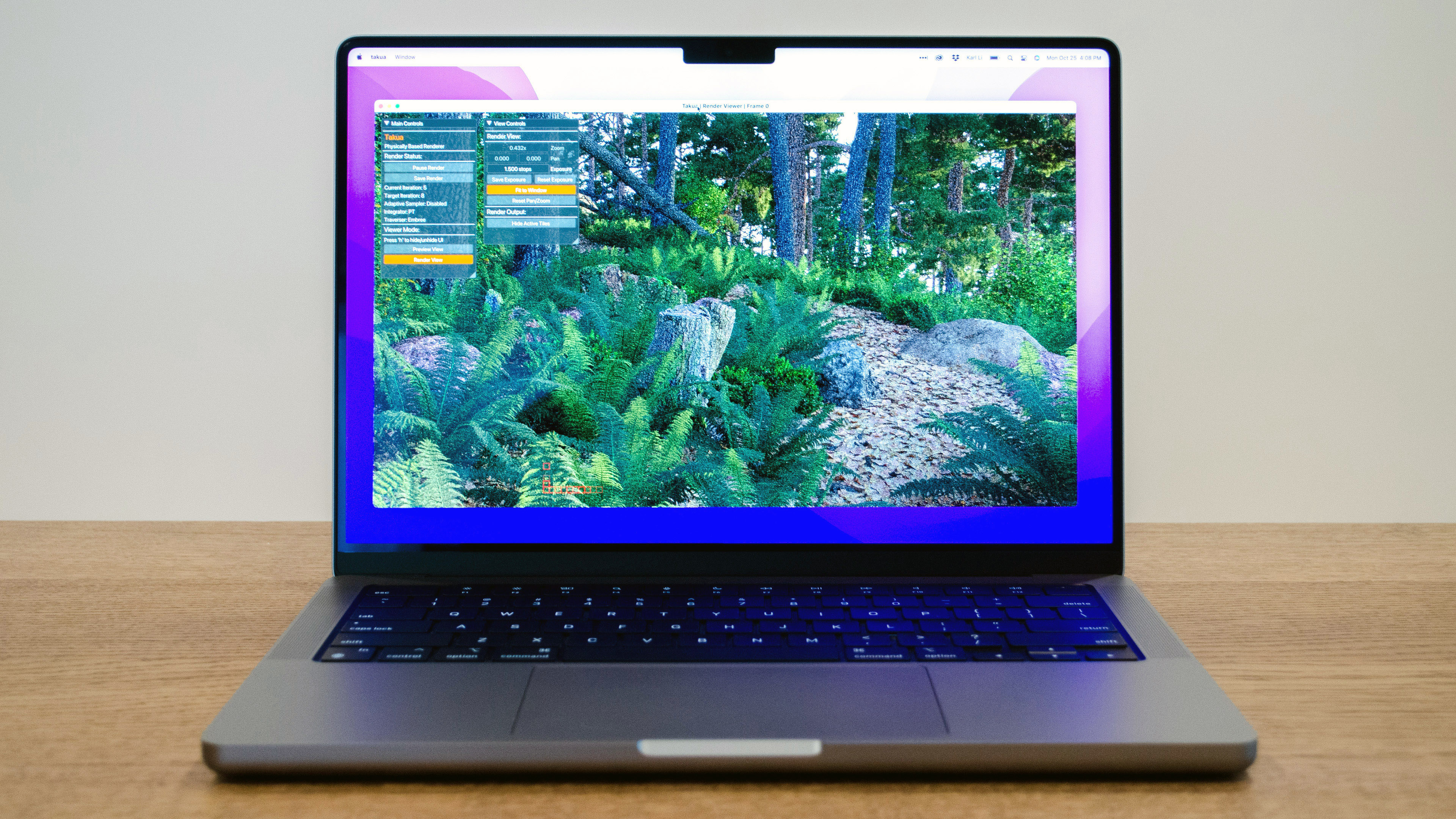


In the case of Google Chrome, you can find Chrome flags by just typing "chrome://flags" or "about://flags" in the Omnibox (address/search bar). That may improve the performance and makes the shader compiling much faster (as well as renderer initialization time). It is important to keep your graphics drivers up-to-date, because web browsers may not enable WebGL 2 for old GPU driver versions.Īlso, since Light Tracer Render is implemented with WebGL 2, it may be reasonable to switch the underlying 3D API to OpenGL. Windows (NVIDIA/AMD): set a dedicated graphics card for chrome.exe in the NVIDIA/AMD control panel.macOS: Check the Apple support page Set graphics performance on MacBook Pro.Automatic selection of a dedicated GPU cannot be performed at the application level, so you have to do it yourself: integrated GPU from Intel/AMD for output and dedicated from NVIDIA/AMD for games), please ensure that the web browser uses a more powerful card (it should be in the Unmasked Renderer). You can visit webgl-report for details (check Unmasked Renderer to find out which graphics card is used for rendering). The ray-tracing core requires WebGL 2, so please ensure that it is available. Other platforms are not officially supported, however Chromium-based browsers should work fine. The web version of Light Tracer Render runs on desktop Google Chrome, Mozilla Firefox, Microsoft Edge, Opera and the latest Safari. We recommend at least GeForce GTX 670 / GeForce GTX 1050 / AMD Radeon RX 560 / Apple M1 to work with Light Tracer Render comfortably. If you have a dual-GPU laptop, take advantage of running the browser on a dedicated GPU, not the integrated one. The experience is much better with a discrete (dedicated) graphics card.


 0 kommentar(er)
0 kommentar(er)
